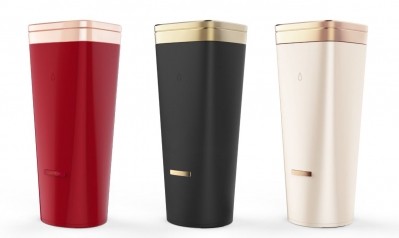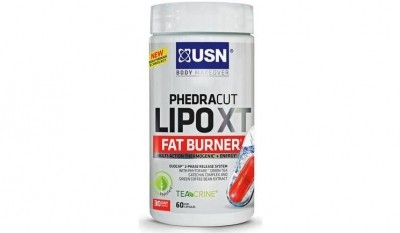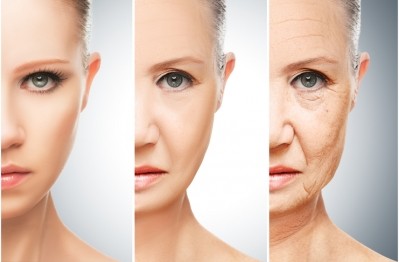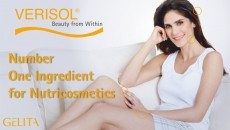Choc-based nutricosmetic skin claims breach ad code, says UK watchdog
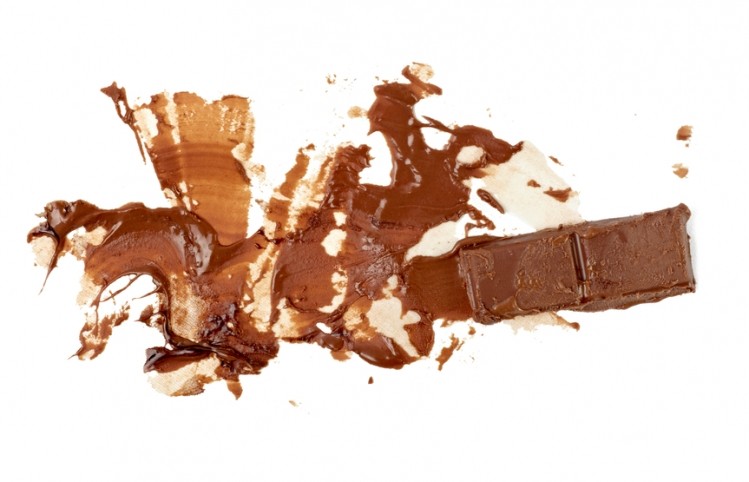
ASA’s ruling concerns the wording used to promote ‘Esthechoc,’ a chocolate food supplement containing astaxanthin and epicatechins, which claims to have a proven impact on ageing skin metabolism.
The Authority also objects to the claim that Esthechoc “promotes optimal recovery from any intervention in plastic surgery. As a result of this influence on skin metabolism it is possible to observe a reduction in skin reddening and oedema after treatment and during recovery”
Further text used to describe another product ‘ReChoc,’ which claims the polyphenols contained within the dark chocolate bar are “bioavailable for systemic circulation.”
“We told Cambridge Chocolate Technologies to ensure that claims about the general benefits of their product for overall good skin health were accompanied by a relevant authorised specific health claim,” ASA says.
“Any specific health claims in the ads must be authorised on the EU Register and appropriately worded.”
Cambridge Chocolate response
The Authority adds that the firm must not make claims that their product could prevent, treat or cure human disease.
ASA also rule the firm must not make comparative nutrition claims unless they held evidence, which demonstrate their product met the associated conditions of use for such claims.
Defending the words used, Cambridge Chocolate Technologies says it “provided a summary document which referenced a number of studies on astaxanthin and epicatechins, two components of Esthecoc that had been broadly described in scientific literature to have a beneficial impact on the skin".
Cambridge Chocolate adds the technology used to extract the relevant components for use in the chocolate have been the subject of a clinical trial, which they believe demonstrate its effects on the diet.
The firm says that according to the Cocoa and Chocolate Products Regulations 2003, certain cocoa and chocolate products comply with the reserved descriptions and those products are made according to defined compositional criteria.
As such, they believe that the comparator dark chocolate against which they compare their product is representative of all dark chocolates across the category.
Detailing the reasons behind their decision, ASA points to the real possibility that consumers would interpret the claim to mean that the product has a beneficial health effect on a function of the skin.
“We consider the claim implies that the product provides a health benefit to the skin and would therefore be seen as a health claim.
“However, the claim is not authorised on the EU Register, nor is it accompanied by a relevant specific authorised health claim and therefore, in those circumstances, the claim breaches the Code.”
‘Post-surgery claims’
On Esthechoc’s ability to reduce skin-reddening post-surgery, ASA also points to consumer interpretation to mean the product could aid the healing process by treating or curing skin reddening and oedema experienced after plastic surgery and during recovery.
Therefore, as the claim constitutes one that could prevent, treat or cure human disease, ASA concludes that it breaches the Code.
In discussing Cambridge Chocolate’s summary document, ASA says the trial only compares one product in the same category as Cambridge Chocolate’s product.
It is not clear from the information provided how that comparator dark chocolate is representative of all dark chocolates across the category.
“We noted their comments in respect of the Cocoa and Chocolate Regulations 2003,” says ASA.
“However, we consider that it does not demonstrate the quantity of polyphenols in the comparator dark chocolate is representative of all dark chocolates across the category.
“In addition, although the trial demonstrated that the same quantity of food was examined, the difference in quantity of polyphenols was not stated in the ad.”
